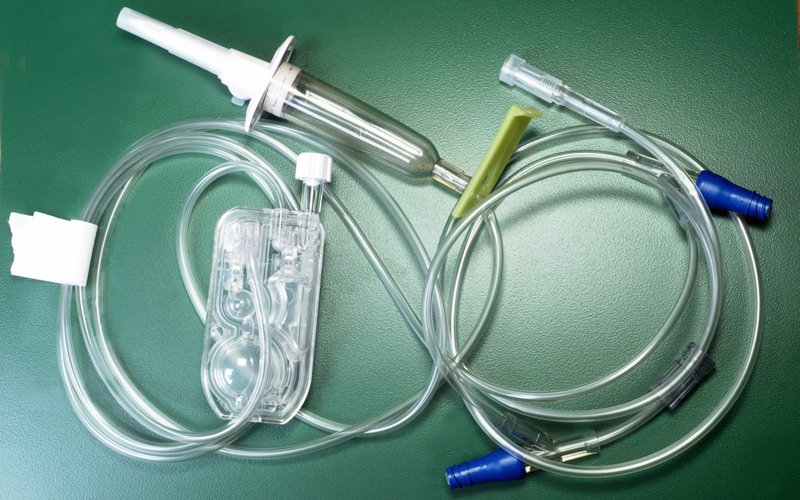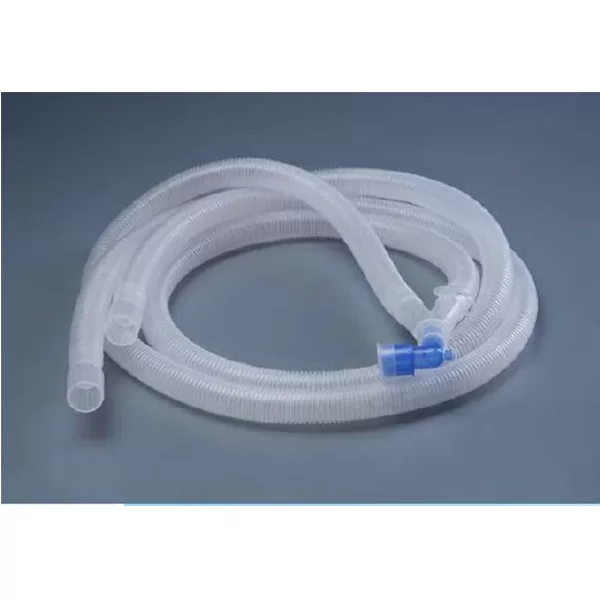Metal tubing plays an indispensable role in the modern healthcare industry. From delivering life-saving medications and fluids to transporting gases, metal tubing forms the backbone of various medical devices, equipment, and diagnostic procedures. Let’s take a deeper look at medical metal tubing, its types, properties, applications, and manufacturing process.
Types of Medical Metal Tubing
There are various metals used in manufacturing medical-grade tubing based on the specific application requirements:
Stainless Steel Tubing: One of the most commonly used metals for medical tubing is stainless steel due to its strength, corrosion resistance, and biocompatibility. It is used to make tubing for respiratory equipment, dialysis machines, surgical devices, and more. The most common grades are 302/304 and 316L for added corrosion resistance.
Copper Tubing: Highly formable and with excellent thermal conductivity, copper tubing finds applications where heat transfer is important like in cryosurgery or hyperthermia equipment. It is also used in some surgical tools that require precision.
Aluminum Tubing: Known for its light weight, aluminum tubing is used in portable medical devices and equipment for improved mobility. It also offers good corrosion resistance when paired with other alloying metals.
Nickel-Titanium Tubing: Nickel-titanium or Nitinol alloy has shape memory and superelastic properties making it well-suited for minimally invasive medical devices. Nitinol tubing is used in dental and neurovascular applications.
Plastic-Coated Metal Tubing: To improve biocompatibility, metals like stainless steel can be coated inside and outside with plastics like PFA or FEP. This creates barriers against corrosion or reactions with bodily fluids.
Properties and Standards for Medical Tubing
Some key properties required of medical-grade Medical Metal Tubing include:
– Biocompatibility: Must be non-toxic, non-allergenic, and prevent infections when interacting with tissues, blood, and fluids inside the body.
– Strength and Durability: Able to withstand pressures, mechanical stresses during use and sterilization without damage or leaks. Minimum wall thickness is standardized.
– Smooth Internal Surface: Completely debris-free inner surface for easy flow of liquids and zero risk of clots or blockages. Inner surfaces are electropolished.
– Corrosion Resistance: Highly resistant to corrosion from bodily fluids and disinfectants used during cleaning. Appropriate metals and coatings are chosen.
– Leak-Proof Joints: Connections between tubes and to devices, valves, etc. are totally sealed against any leakage. Crimping, brazing, or welding is used.
All medical metal tubing must conform to globally recognized standards like ASTM F86, ISO 80369, and ISO 10555 pertaining to design, material properties, biocompatibility testing, and quality assurances. Tubing suitable for specific medical applications is further certified and cleared by regulatory bodies like FDA.
Applications of Medical Metal Tubing
Some major applications of precision metal tubing in healthcare include:
Dialysis Machines: Stainless steel and plastic coated tubing is used to transfer blood in dialysis equipment between patient and machine in a closed sterile loop.
Respiratory Equipment: Ventilators, nebulizers, anesthesia machines, and oxygen concentrators use metal tubing for supply and return of gases, therapy delivery, and scavenging of patient exhalation.
IV and Feeding Tubes: Stainless steel or polymer coated tubes are implanted or inserted into patients to provide medications, nutrients, fluids directly into veins or digestive system.
Surgical & Dental Tools: Very small diameter tubes help in minimally invasive surgeries for tools insertion, irrigation/suction, and as catheter shafts to reach target sites.
Medical Gas Pipeline Systems: Copper or stainless steel tubing carries oxygen, nitrous oxide, medical air, vacuum from central sources through the walls to bedside use in hospitals and clinics.
Diagnostic Procedures: Thin walled tubing plays a role in imaging tests like angiography, endoscopy by safely guiding catheters, scopes inside blood vessels and cavities.
Manufacturing Process
Most modern medical tubing is produced by one of these methods to ensure dimensional accuracy, surface finish and quality:
– Drawing: Heating a hollow metal rod or tube and pulling it through progressively smaller dies shapes and reduces the walls to the required diameter.
– Cold Forming: Similar to drawing but without application of heat as metal is forced between rollers or over mandrels to form the tube. More labor intensive.
– Impact Extrusion: A solid bar of metal is rapidly forced through a die opening by hydraulic impact, forming a seamless tube in one step.
– Internal Pressure Forming: A flat strip is formed into tubular shape by internally pressurizing it beyond the material’s elastic limit inside a die.
Additional precision processes like length sizing, straightening, washing, annealing, pickling, beading/belled ends, and inner electropolishing are carried out to prepare tubes for critical medical applications. Very tight dimensional tolerances of ±0.005mm or less are maintained.
Quality control involves gauging, leak and burst testing under pressure, material verification, and surface inspection to ensure tubing meets stringent medical standards before packaging and sterilization. Proper identification labels provide traceability from raw material to the finished units.
*Note:
1. Source: Coherent Market Insights, Public sources, Desk research
2. We have leveraged AI tools to mine information and compile it




